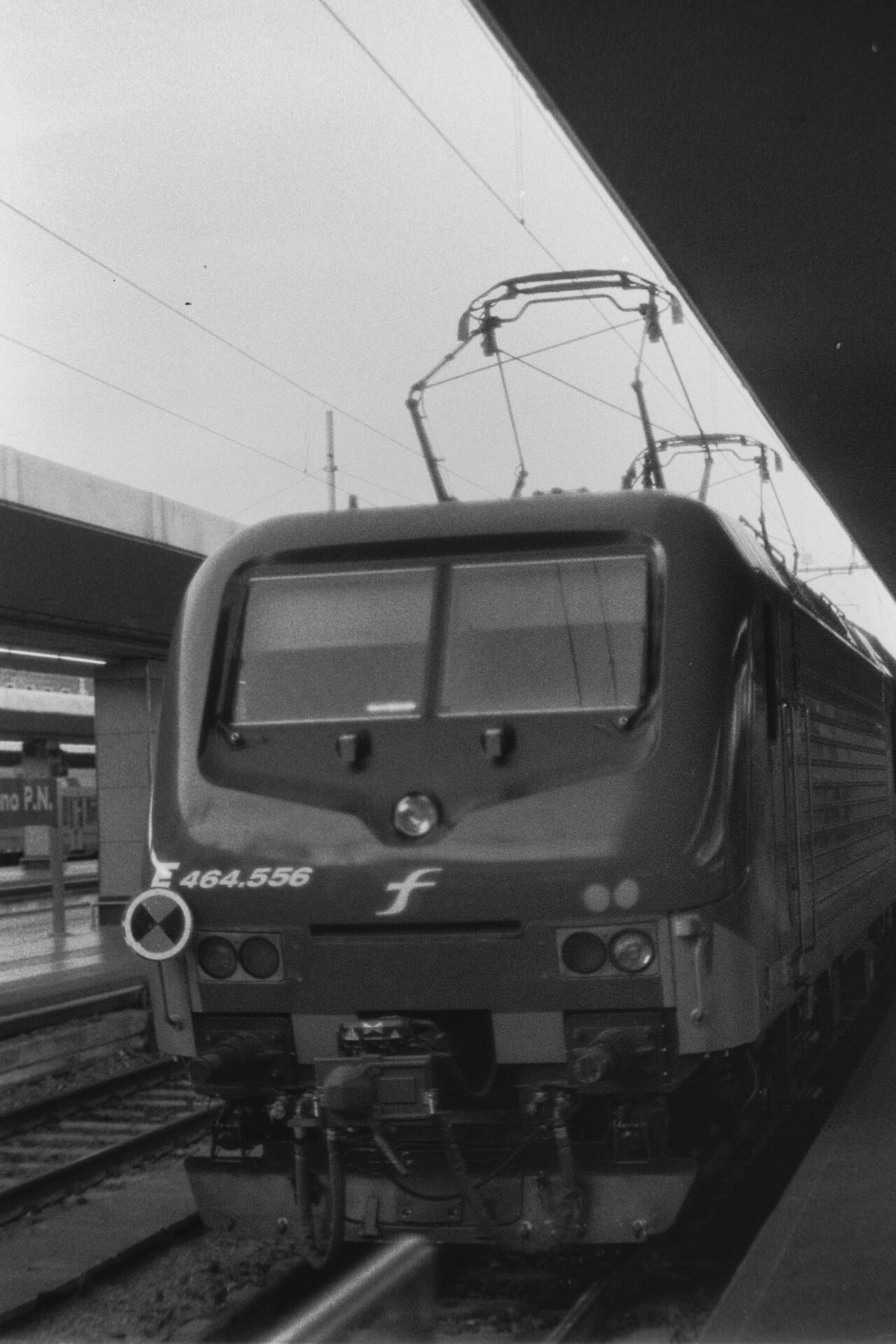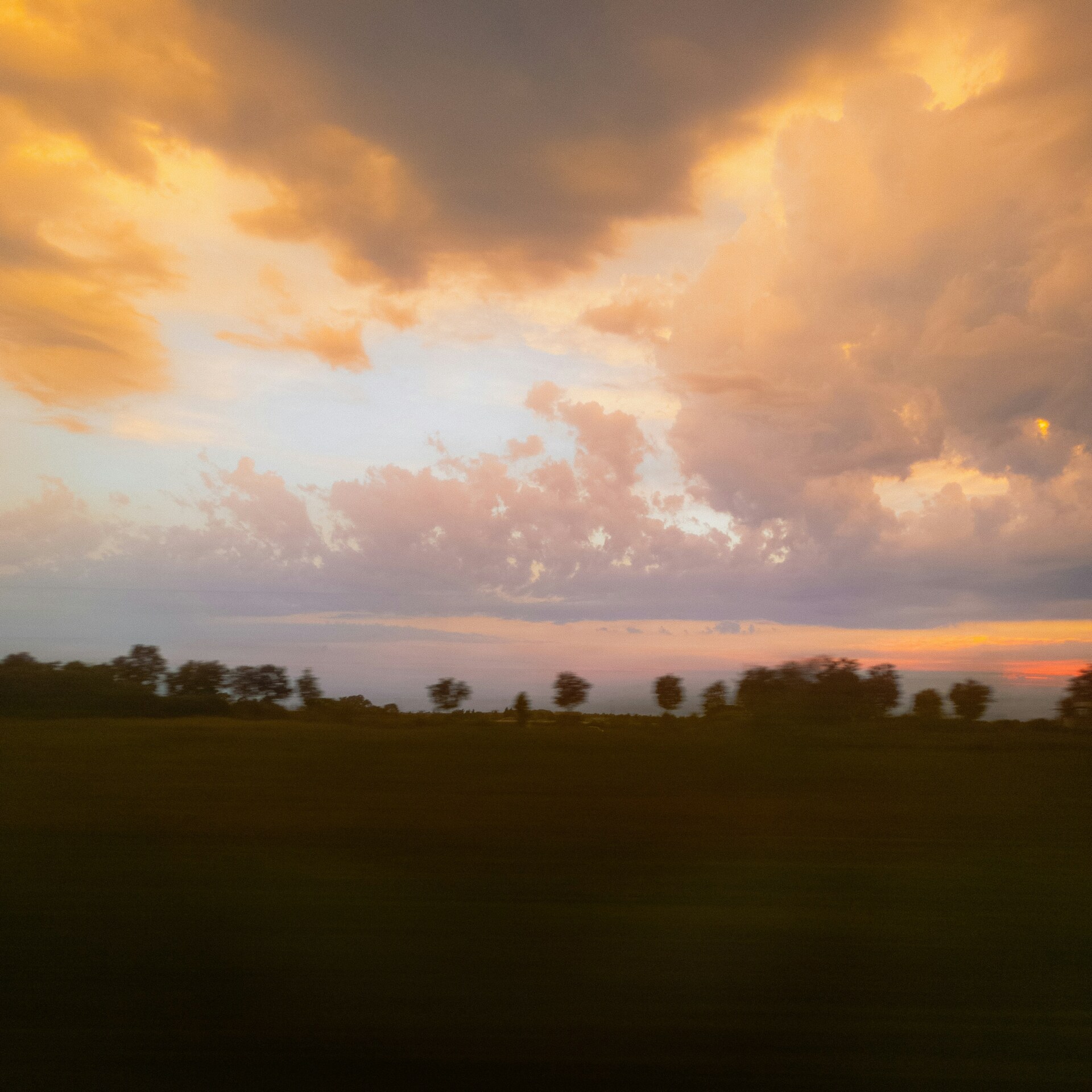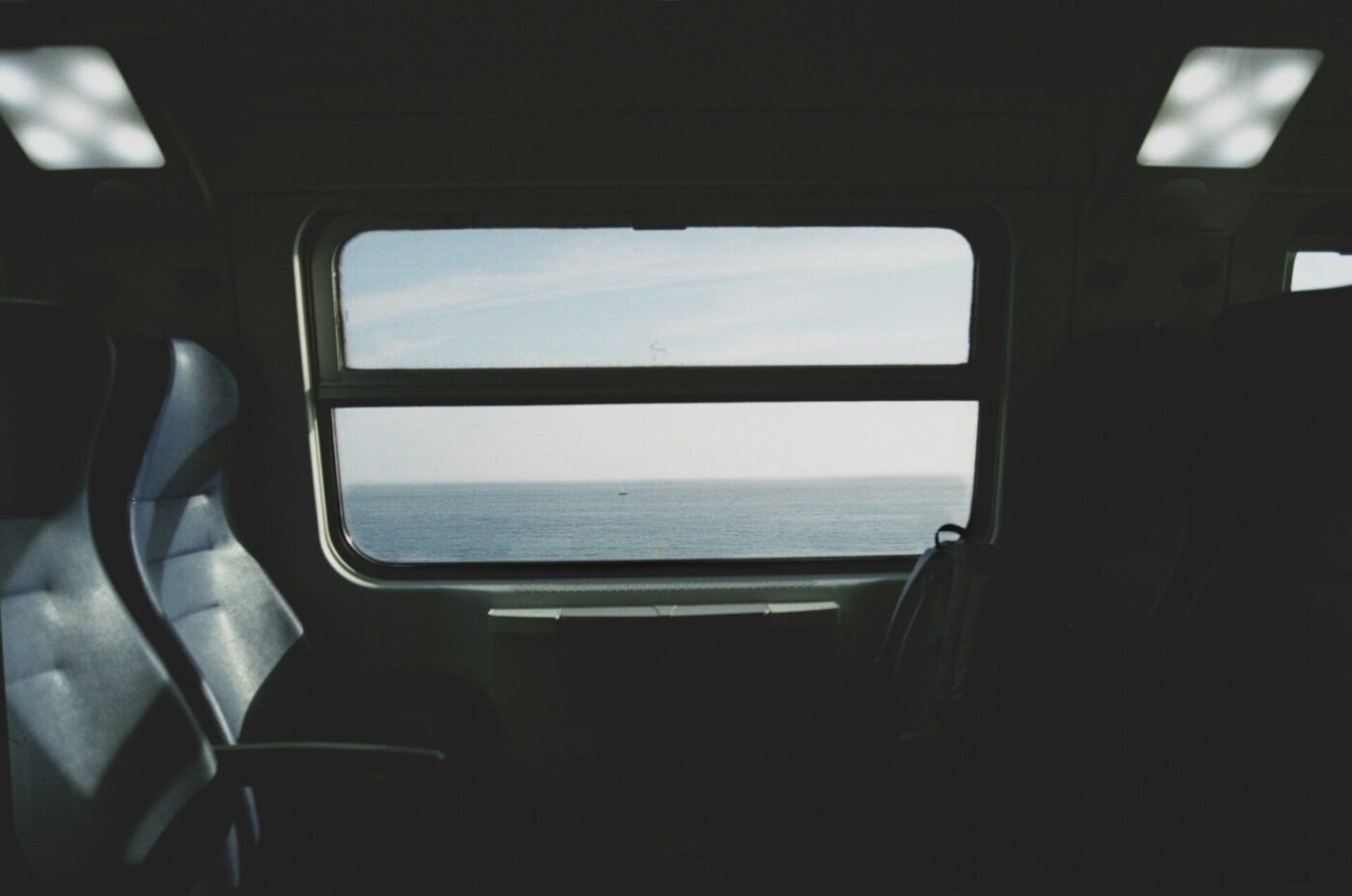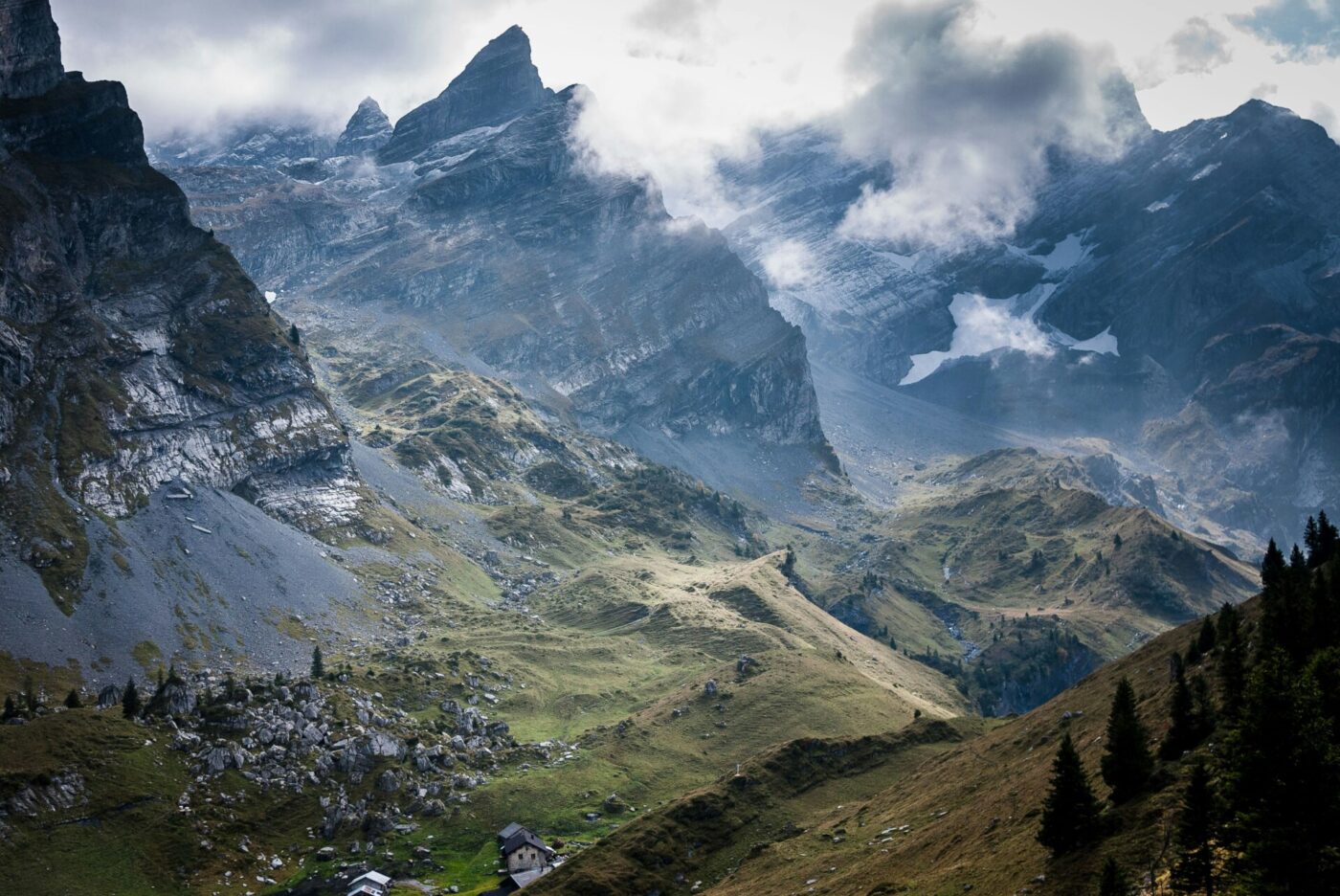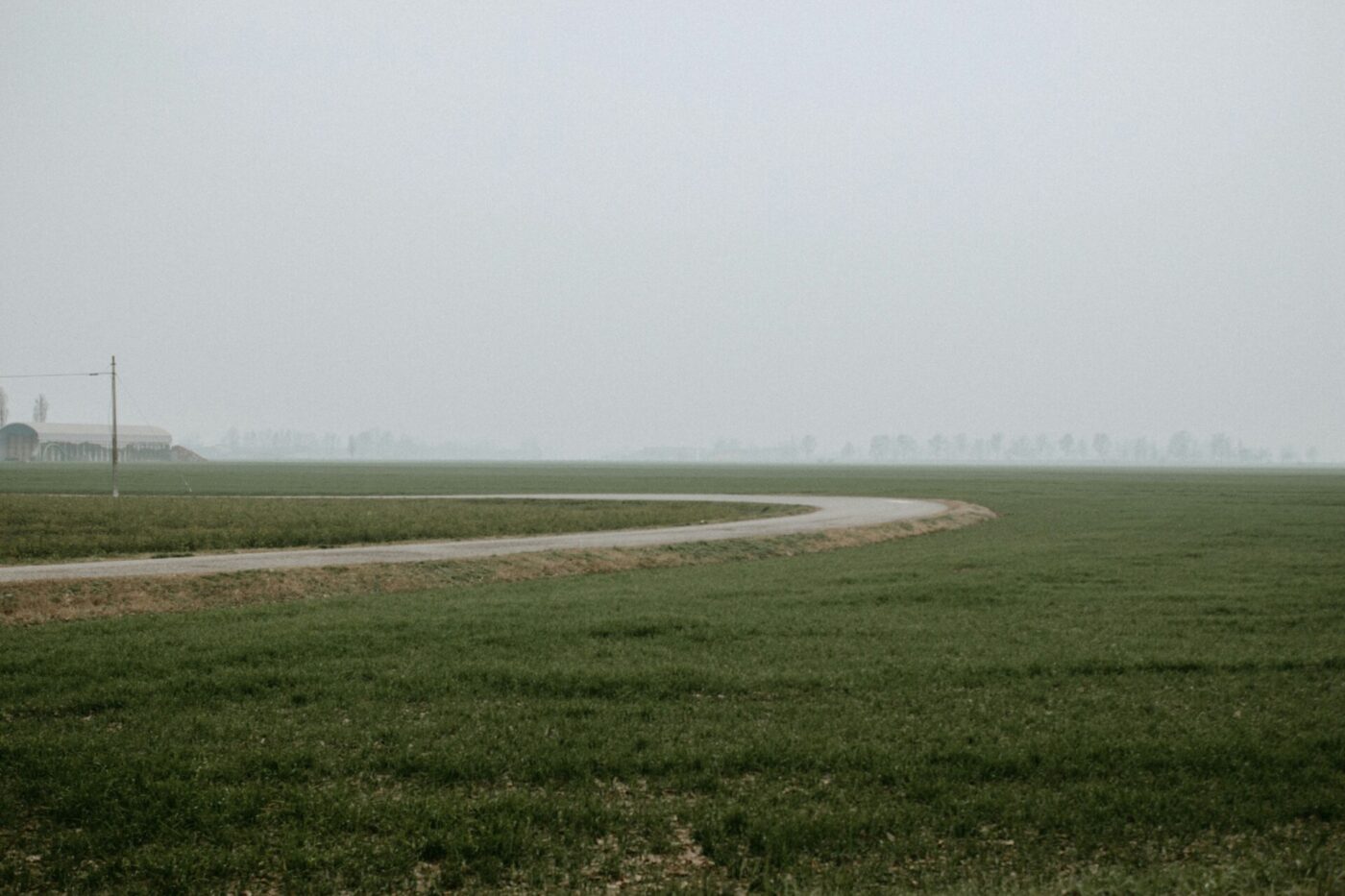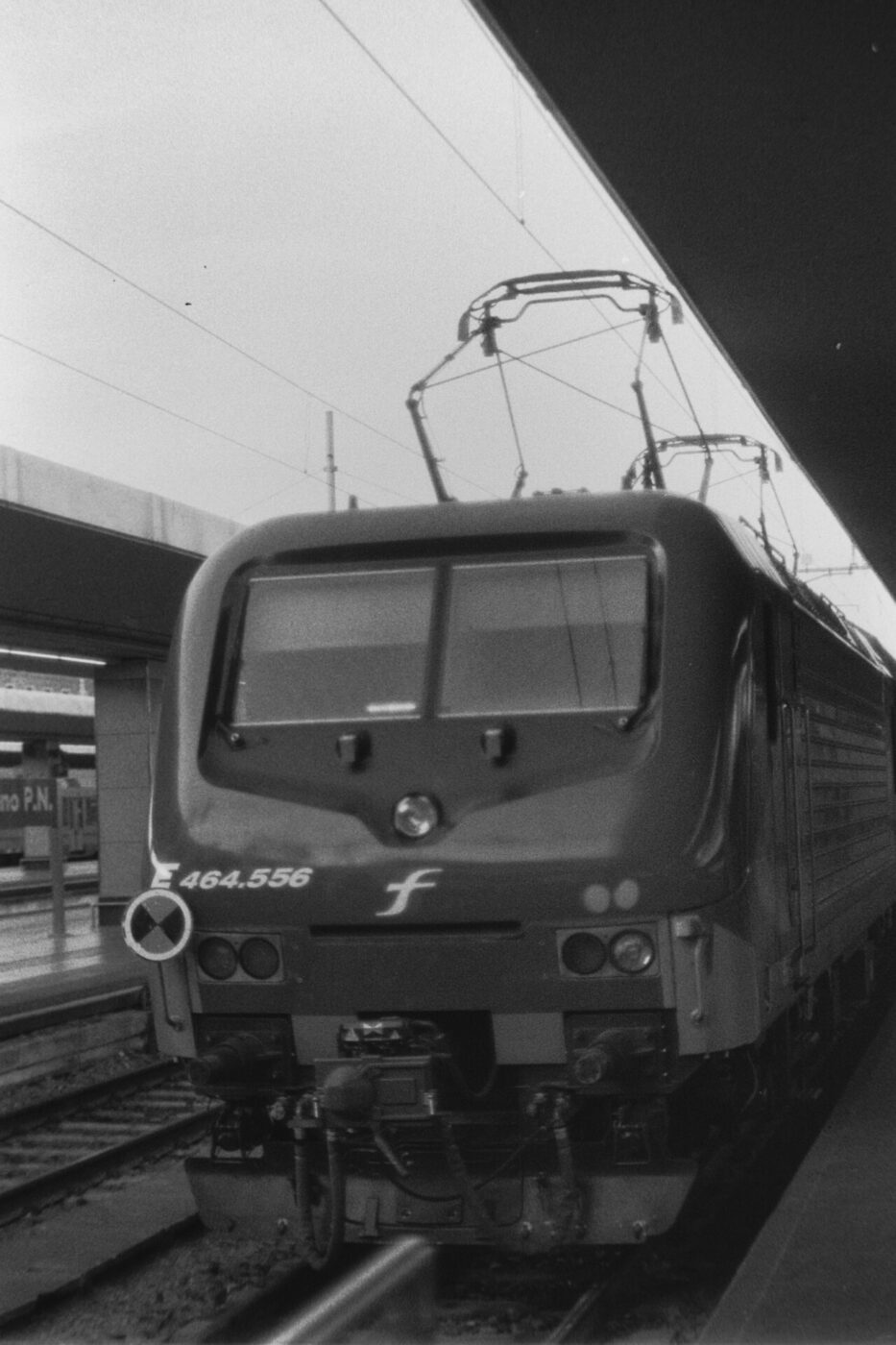Several years ago, I decided that I would like to take the train down to Italy and back. It was the sort of throw-away comment that you make to friends that somehow you can’t pedal back from, and, before you know it, you’ve booked yourself onto seven different trains and have devised a round trip, of sorts, from London to Bologna and back again. I’ve taken the train all over Italy, creeping slowly down south from Milan to Bari along Italy’s eastern Adriatic coast, passing row upon row of bronzed beach-goers with their brightly coloured, jewel-like beach umbrellas. Trains have taken me to places and given me views that cars and planes just can’t. I’ve been submerged in groves of silver-gray olive trees deep in rural Puglia, with views almost into trulli houses complete with vegetable plots, tended by its inhabitants. I’ve pulled into Venezia Santa Lucia across a misty and magical Venetian lagoon on February mornings, and I’ve sped down from Florence on a Frecciarossa through the Umbrian plains, the volcano Vesuvius and fields of tomatoes heralding my arrival into Naples. I’ve always enjoyed it, but never thought it actually practical to take the train all the way from London to Bologna–over 1,000 kilometers.

Train travelers extol the virtues of a slower way of life and a trip in which the trip is actually part of the holiday. I’ve read articles and even a full book dedicated to the train as a better mode of international travel than flying, with some embracing it as a live-by philosophy and renouncing air travel entirely. What started as one year has become two, three, and so on. Increasing numbers of people are committing to plane-free travel (or at least taking fewer flights), especially with the expanding network of night-trains in Europe and romanticisation of slow travel (thanks TikTok and Instagram?). I’ve even heard of climate-conscious travel magazines refusing to take commissions from writers who flew to their destination, rather than using a more eco-friendly means of transport. It’s true, going on holiday by train is much better for the environment than flying; depending on the length of the trip, traveling by train rather than plane can cut your carbon emissions by around 80%. Pair that with the stunning (stunning!) views and feeling of adventure that trains offer, especially as they chug through the Italian countryside, and it almost feels like a no brainer–if it weren’t for the time, that is.
My route into Italy from London was as follows: I went via Paris, then on to Munich where I spent the night. The following lunchtime, I boarded the direct train to Bologna, arriving just in time for a dinner of tagliatelle al ragù with friends. I tried a different route for the way back; Milan to Geneva, Geneva to Paris, Paris to London–all in one day. It was a bit too much travel for me to enjoy as I had during the route down, but the views across the northern Italian lakes, boats bobbing gently across the water as the sun rose, acted as somewhat of a remedy.
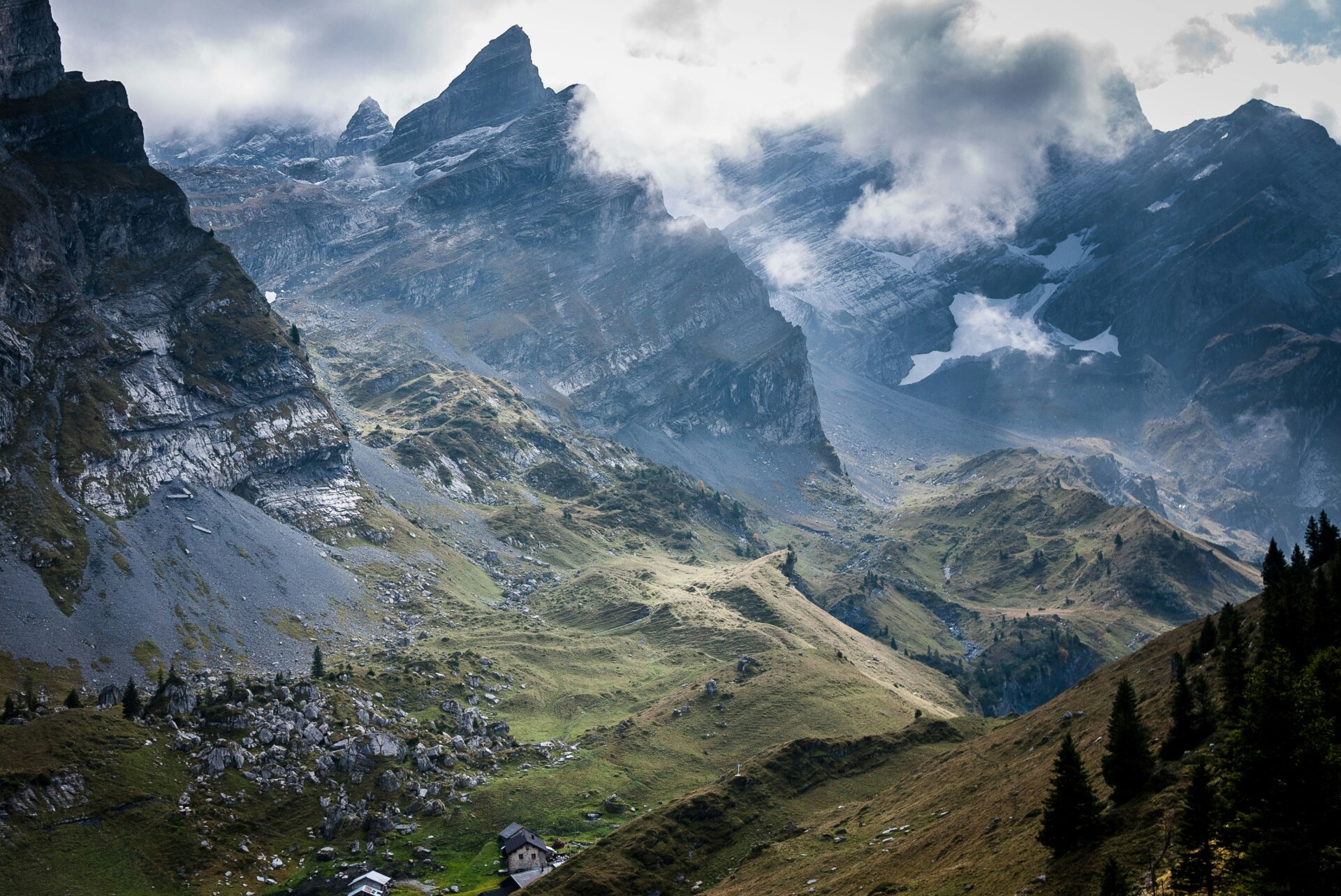
Leaving Munich for Bologna, my train rattled slowly and sleepily through southern Germany; gentle green pastures interspersed with the odd hill gave way to more aggressive gray, snow capped peaks. Rays of late autumn sunshine flooded into the compartment, casting long, pine-tree-shaped shadows across the speckled lino floor. The lady next to me jumped up from her seat and rushed across the compartment to the other side of the train, camera in hand. “We’re at the Brenner Pass, just look at that view!” she exclaimed to her husband and, inadvertently, the rest of the carriage. The alpine landscape along the Italy-Austria border is quite spectacular in the sunshine, especially in autumn when the sun hangs low in the sky and the leaves turn rust-brown. Small clouds, the late morning remnants of a thick mountain mist, hung suspended between peaks. Pretty, doe-eyed cows, flecked brown and white, grazed bright green pastures, overlooked by little churches. As we ascended higher and higher, deciduous lowland trees were replaced by pine, the thicker together they grew, until at one point they cleared away completely and a twisting mountain stream emerged, flanked on either side by gently sloping hills and a handful of sheep, quietly pottering alongside it. Far away in the distance lay an ominous, snowy peak, swathed in clouds, a reminder of the impending winter. The train snaked around in a curve, across a viaduct and you could almost wave at the other passengers further down the train. Gradually, gradually the slopes grew more gentle, the crops changed, grazing sheep and cows were replaced by apple orchards, a few of the trees still ladened heavy with ripe fruit, Bolzano rolled into view, then Verona, then the Pianura Padana (Po Valley), and we were deep into Italy.
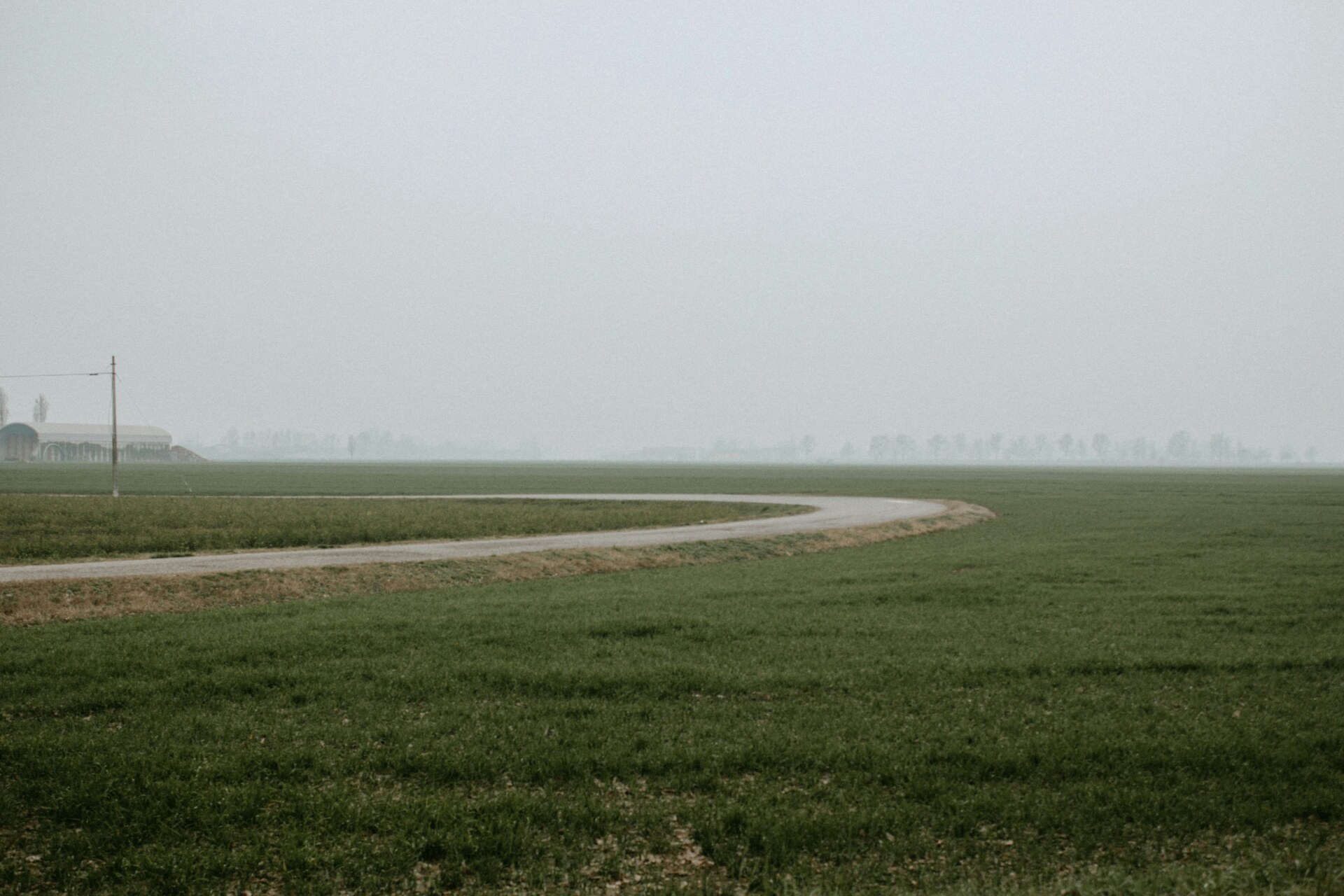
Pianura Padana
It’s not just Germany, however; Italy is fairly well connected by train to all of its neighbors. Switzerland is a hop, skip, and a jump from Milan; Ventimiglia (the eastern start of the French riviera) is but two hours on the train from Genoa, or four and a half from Turin. With a couple of changes, you can reach Vienna and Salzburg from Bolzano in half a day; Munich is around seven hours from Bologna; from Venice, you can reach Ljubljana, the Slovenian capital, in about five hours on a good run. Meanwhile, Albania, Croatia, and even Greece are all reachable on the ferry from various Italian Adriatic ports. Sadly, there’s no putting the train on a ferry to these countries just yet, but should you want to experience that, back in Italy, you can cross the strait of Messina from the mainland into Sicily sitting in a train, loaded onto a ferry for the crossing; there’s a night train, leaving Rome at 8:30 PM that will get you into Catania at 7:30 AM the following morning, bright and early, train-on-ferry experience included.
Back to my seat on the German/Italian train and, as we pulled through the alpine countryside, I started to really enjoy this slower pace of travel. Going south in October felt like tricking the seasons. Autumn seemed to roll back, the leaves grew gradually more green (aside from in the mountains where the snow was just beginning to settle on the higher peaks), and skies grew increasingly clearer. I’ve never seen mountain views like those from the train when crossing the Brenner Pass as observers from a height; there’s also a driving route through the pass, but navigating the tricky mountain roads is hardly an enjoyable experience, nor one that allows you to appreciate the scenery of this passage, one with an important, albeit checkered, history.
The route, which connects Innsbruck in Austria with Bolzano in northern Italy and passes through the town of Brennero, or Brenner in German, was the lowest of the main routes through the alps in this region at 1,370-meters-high. Now demarcated by the motorway (a carriage road was originally constructed there in the late 1700s) and the railway line (first completed in the 1860s), the passage has seen everyone from the Romans to the Nazis use it to go into or out of Italy–both for trade and invasion. Mussolini and Hitler met there in March of 1940. Later, it was taken from Italy and annexed by Nazi Germany, before being occupied by the US army and eventually returned to Italy once the war had come to an end. The pass acted both as a desperate escape route for displaced Jewish persons in the aftermath of WWII and as a ratline out of Germany for Nazis following their defeat in 1945. More recently, it has seen police and border forces trying to find and stop refugees attempting to leave Italy and move north in Europe’s 2015 migrant crisis. Today, peering out from the train windows, you’d be forgiven for having no idea what this very northern part of Italy has seen.
Some seven hours from when the train first set off from Munich, we arrived in Bologna. That nostalgic feeling struck as I was hit by a wall of warm air and heard the familiar sound of “Il treno regionale 1352 e in arrivo al binario uno… allontanarsi dalla linea gialla” ringing out through the station. Sleepy but content, I stumbled out into the nighttime city. Although I no longer live there, Italy feels like home to me, and so trips to the peninsular are not infrequent, but this slower trip was, in an odd way, more special. Perhaps it’s the start of a new chapter of travel for me too. Europe’s trains and the beautiful landscapes visible from them have charmed me. The slower pace of life, with gradually changing scenery, languages, and cultures, has an addictive quality to it. I think I’ve been converted.
